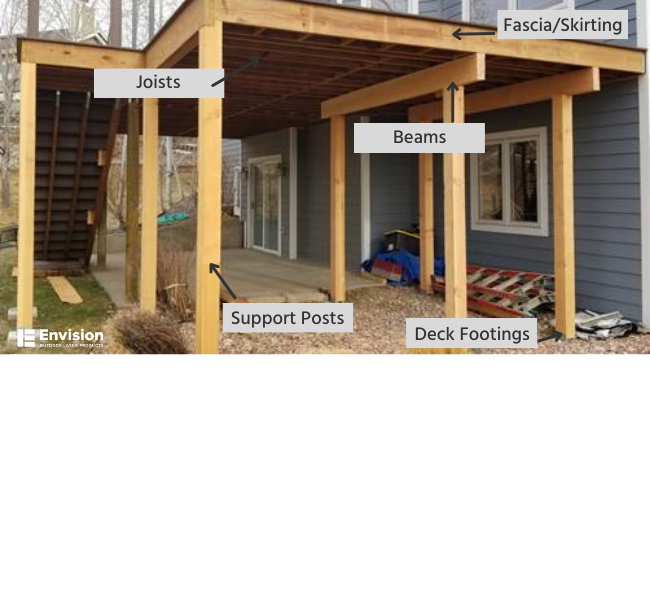In 2020, we saw a seismic shift in how—and where—people worked. Millions of Americans were suddenly working from home, and after a year of doing so, many say they’d like to continue teleworking, according to a Pew Research Center survey.
And while companies are still deciding what their workplace future looks like, many will continue to leverage teleworking for some time. Employees have responded by investing in improvements to their home office, and even taking their work outdoors.
Factors to Consider When Creating an Outdoor Office Space
While you can simply take your laptop outside with a table and chair, there’s also an opportunity to make a more comfortable and work-compatible area on your deck, patio, or outdoor space.
- Incorporate office-friendly features into existing upgrade plans
We recommend making a multi-functional outdoor space that can meet your needs while you’re working and later enjoying time with family or friends. This is where planning comes in. Were you thinking of making upgrades to your existing deck or patio? Think about how you work and if you can incorporate details that will make it easy to work in the space as well as enjoy it outside of office hours.

Here, for example, a homeowner knew they wanted to add a bar to their existing deck. To make it double as a work-from-home station, they made sure the bar top was wide enough to accommodate a computer and at the right height for sitting or standing. They also added GFCI (Ground Fault Circuit Interrupter) outlets and a gazebo for cover from sun and wind.
Which brings us to our next consideration.
- Protection from the elements
Perhaps one of the biggest challenges of working outdoors can be sun glare and disruption from wind and other noises. To combat these issues, consider investing in overhead coverage, such as a covered pergola, awning, or gazebo.
For quick and easy fixes for sun glare, you can also use anti-glare laptop screens, shades, or hoods with the latter often blocking wind as well. And, of course, you also can turn up the brightness on your screen and sit facing the sun. Factor that need into your planning to ensure you have an appropriate place to sit in relation to the sun.
Depending on your climate, you may need to plan for the best time of day to work outside to avoid extreme heat or moisture.
- A reliable power and internet connection
If you’re working remotely, you’ll likely need a reliable power source and internet connection. The National Electrical Code requires that all outdoor outlets be GFCI outlets. And for good reason: GFCI outlets will trip and automatically turn off if there’s a short circuit or leakage, which can help prevent shocks and fires. Make sure there’s a GFCI outlet within range of your workstation (and the length of your computer power cord!).
As for internet, if your workstation is near enough to your home, you may be able to get a solid WIFI connection. If not, you may want to look into an outdoor WIFI extender/access point/repeater that’s compatible with your current router or an indoor mesh system or indoor extenders.
- Consider your background
Are you on more video calls than phone calls these days? If so, don’t forget to consider your background when picking the location for your outdoor office space. Your background surroundings are not only important, but so is the view in front! If you’re easily distracted, that’s another factor to consider when picking the best spot for your office space.
Once set up for success, you can reap the benefits of your new multi-functional outdoor office space—fresh air, sunshine, a change of scenery, and, if there are multiple people working from home, a private, quiet space.























































